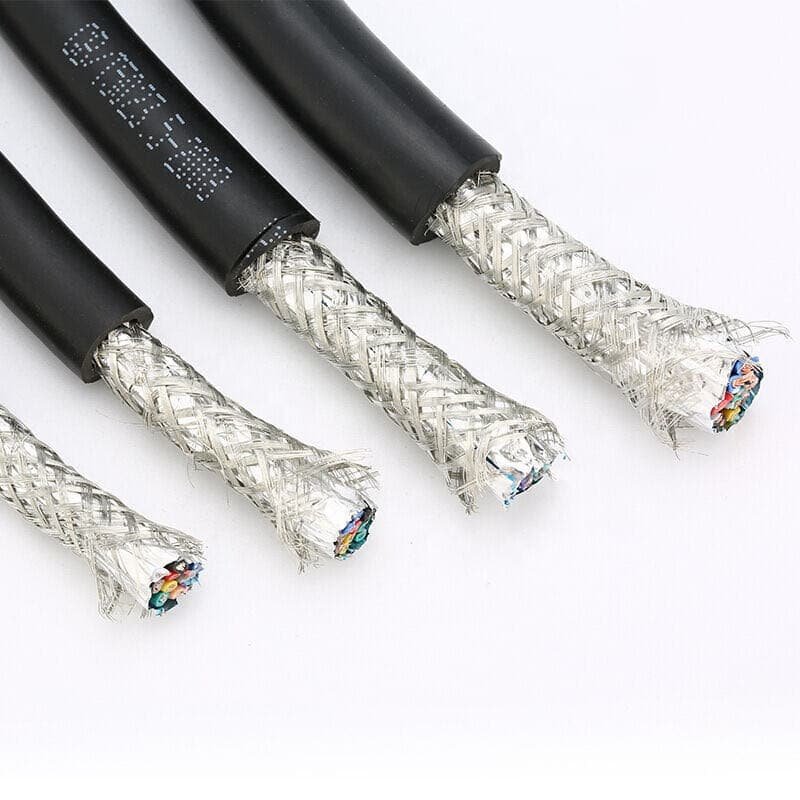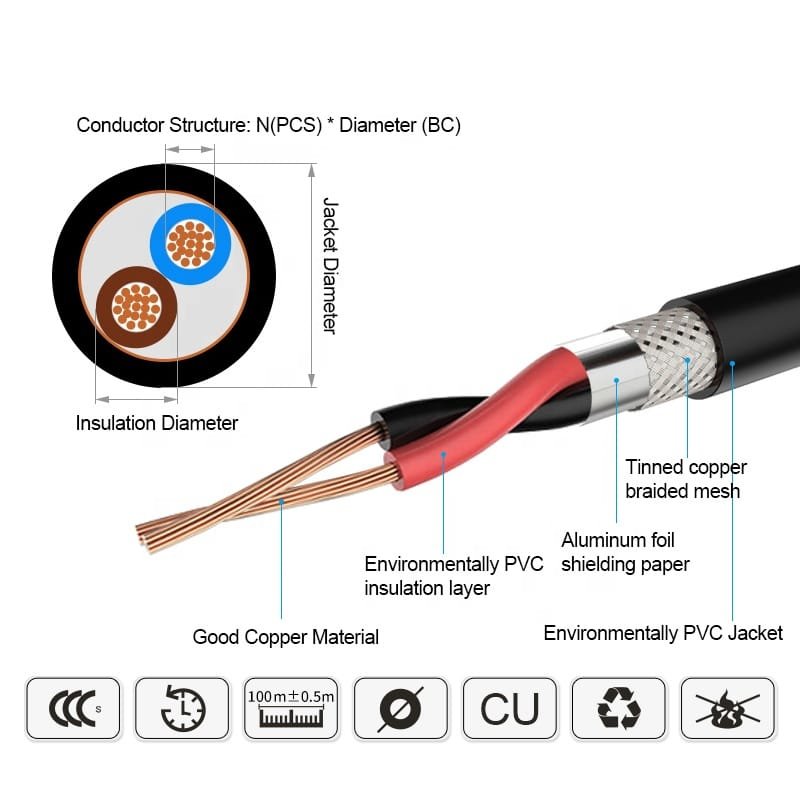Control Cable

Multicore Control Cable
Multicore control cable are mainly suitable for direct or AC 50~60Hz, rated voltage 600/1000v and below control, signal, protection and measurement lines. Multicore control cable are often used in electrical control systems and power distribution devices for fixed installation. Generally, the load in the control circuit is discontinuous and the current is not large, so the core wire section is small, usually below 10mm. The core of the control cable is mostly copper conductor. According to its core structure, it can be divided into three types: Type A (0.5~6mm, single solid core); Type B (0.5~6mm, seven single wires twisted); Type R (0.12~1.5mm², soft structure, Single wire diameter 0.15~0.2mm). According to the material of the insulating layer, it is divided into three categories: polyethylene, polyvinyl chloride and rubber. Among them, polyethylene has the best electrical properties and can also be applied to high-frequency lines. The insulating core of the control cable is mainly concentric stranded, and some control cables are twisted. The long-term allowable working temperature of the control cable core is 65℃.


Control cable model compilation method
| Category use | Wire core material | Insulation Materials | Sheath shielding type | Outer sheath material | Derived characteristics |
| K-control cable series code | T-copper core① L_aluminum core | Y-polyethylene V-polyethylene X-rubber YJ-cross-linked polyethylene | Y-Polyethylene V-Polyethylene F-Neoprene Q-Yu Sleeve P-Weaving | 02-Polyethylene sheath 03-polyethylene sheath 20-bare steel tape armor 22-steel tape armored PVC sheath 23- steel tape armored polyethylene sheath 30-naked thin steel wire armor; 32 -Thin round steel wire armored PVC sheath; 33- Thin round steel wire armored polyethylene sheath | 80-Heat-resistant 80P 105-Heat-resistant 105P 1- Copper wire wrapped shield 2- Copper wire wrapped shield |

Features of use
1. Long-term operating temperature of cable conductors: XLPE insulation is 90 degrees C and PVC insulation is 70 degrees C. During cable laying, the ambient temperature must be higher than 0C.
2. The radius of bending allowed in cable laying and installation.
one). For non-armoured cables, the length must not be less than 6 times the outer diameter of the cable.
b)。 For armored or copper-striped cables, the length must not be less than 12 times the outer diameter of the cable.
C)。 Flexible cable with shield, the length of which must not be less than 6 times the outer diameter of the cable.



